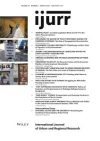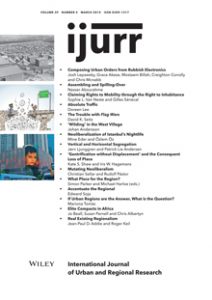A direct focus on social class has largely disappeared from questions concerning spatial divisions. Instead, studies on residential segregation usually focus on ethnicity, education or income; seemingly the common perception is that people are now divided by such factors and that class divisions belong to the past. Although the structures of inequality have changed in recent times, little is known about how they affect spatial divisions. Here, we investigate these issues by analysing the developments of class segregation in Norway’s capital, Oslo, during a period of great societal change and welfare state expansion. We analyse both vertical segregation, between the upper class and the working class, and horizontal segregation, between class factions possessing a high level of mainly cultural or economic capital. We apply a Bourdieu-inspired classification scheme to capture data on the parents of full cohorts of children aged 13–15 years in 1970, 1980 and 2003. The results support the idea of a changed class structure, with segregation levels between the upper and working classes having increased during this period. Moreover, there are also moderate and slightly increasing levels of horizontal segregation between top class factions based on cultural and economic capital.
Details
Written by:
Jørn Ljunggren, Patrick Lie Andersen
Digital Object Identifier (DOI)
10.1111/1468-2427.12167
About DOI
Read full article as PDF
Read full article as HTML
See the references for this article

